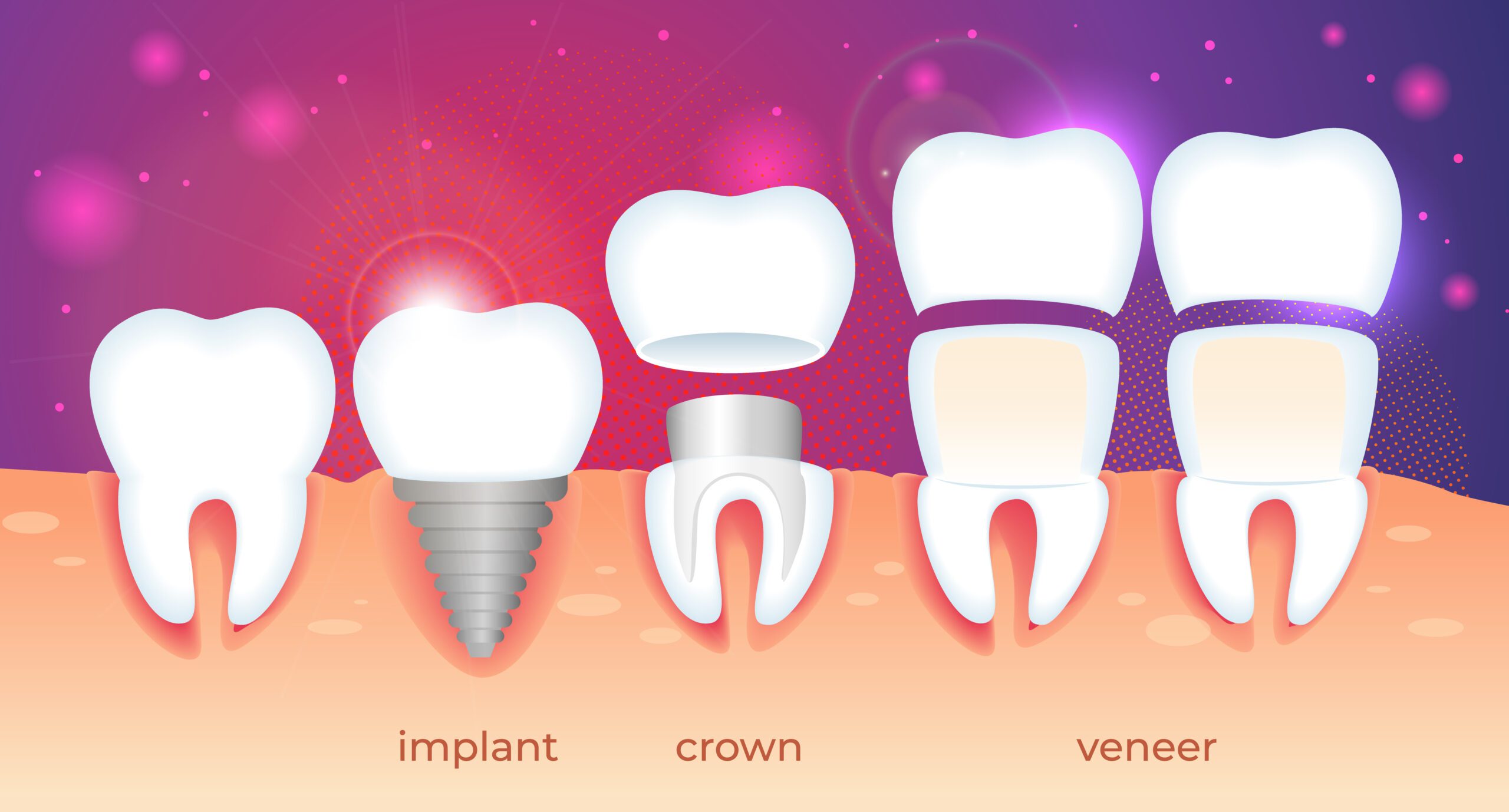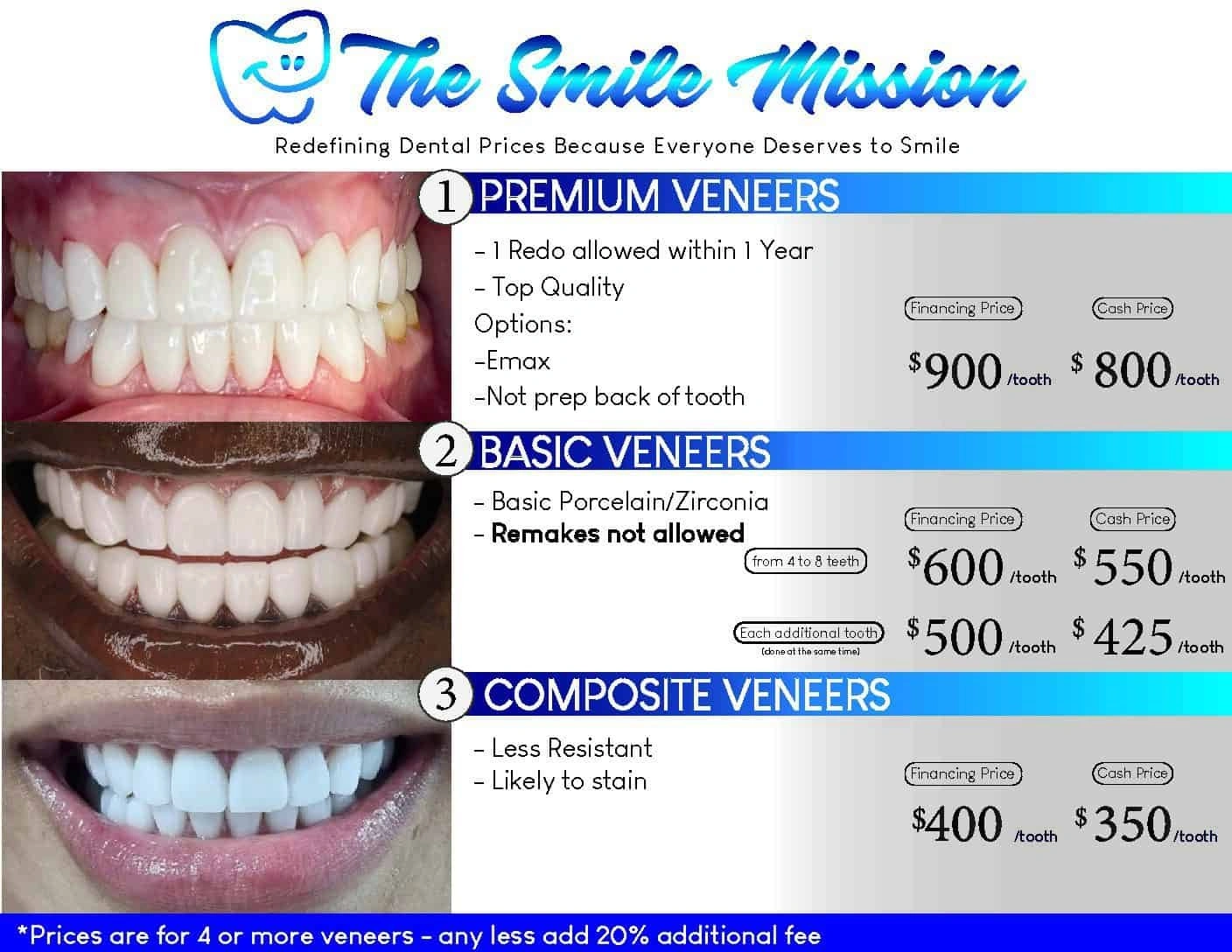Ever Find Yourself Wondering?
Let’s be honest, thinking about your teeth is never on your bucket list… until the moment hits you out of nowhere. Maybe you were mid-laugh, wine-in-hand, at a friend’s party—then someone snaps a quick selfie and there it is. That chip from high school soccer. Or coffee stains you swore were only visible to dental hygienists with superpowers. Suddenly you’re googling veneers cost per tooth at midnight, trying to make sense of what’s hype and what’s real.

You’re definitely not alone. Sometimes it’s just a minor insecurity, sometimes it’s a real confidence zapper. You want the facts, not the fluff, right? You want to know how veneers can help, but you also want to know—do they cost as much as your car, or is this actually doable? There’s no shame in being budget-conscious… I’ve been there too, nervously eyeing my savings like, “Could I swing this?” So, let me break it down as if we’re sipping coffee and trading stories.
The Real Price—And What Shapes It
Here’s the thing: veneers cost per tooth is totally unique to you. It changes based on what you need, where you’re at, and the kind of smile story you want to write. Sort of like jeans: you can get off-the-rack or splurge on tailored. Both will cover you, but the fit and price are different.
Location, Location… Yeah, It Matters
Ever noticed that stuff just costs more in some cities? California, for one, seems to upcharge everything—even sunshine. So it’s not a surprise that veneers cost per tooth in california can run higher. City clinics, celebrity dentists, even fancy lobbies… they all add to the price tag.
| Region | Composite Per Tooth | Porcelain Per Tooth |
|---|---|---|
| California | $350–$950 | $1,000–$2,500 |
| Midwest U.S. | $250–$750 | $900–$1,500 |
| Canada (Avg.) | $250–$1,000 | $900–$2,000 |
Honestly, I had a friend in LA who paid just over $2,000 per tooth. She says her smile was worth it (and her Instagram agrees). Meanwhile, another friend in the Midwest got hers for half as much—and neither one regrets it!
Material: Porcelain vs. Composite (A Classic Showdown)
Here’s where the price splits. You’ve got two main options: composite and porcelain.
Porcelain: The Pricey Crowd-Pleaser
You’ve seen porcelain in kitchen sinks, but on teeth? It looks so natural and resists stains better than my favorite white T-shirt. Expect $900 to $2,500 a tooth, sometimes more in pricy spots. Why so much? It’s custom-milled, super durable, and can last 10–15 years if you treat it right. I had a cousin who found her old coffee-stained smile a total confidence killer. After porcelain veneers? She flashes her grin everywhere—from weddings to Zoom calls—and never brings her old teeth up again.

Composite: Cheaper, Faster, But…
If porcelain is a little black dress, composite is your budget-friendly sundress. Still stylish, but a bit more fragile. Composite runs $250–$1,500 a tooth depending on the doc and where you live. It’s applied in one visit, which is great if you hate dentist chairs (don’t we all?). Downside? They can stain and chip more easily—think 5–7 years instead of over a decade. A busy mom I know went composite just before her daughter’s graduation, quick and easy. A few years later, she upgraded to porcelain. No judgment—sometimes you need a fast fix!
Is It Just the Tooth? (Hint: Nope…)
So, veneers cost per tooth might look straightforward, but let’s be real—extra expenses creep in. Prepping your tooth (shaping or whitening), x-rays, even follow-up tweaks. Sometimes you can’t avoid these, especially if your teeth have old fillings or stubborn stains. Plan for a couple hundred dollars extra here and there.
Will Insurance Ever Cover This?
Insurance and cosmetic dentistry… it’s complicated. Most basic dental plans see veneers as “just for looks,” not “for health,” so the cost is usually on you according to this overview on types of dental veneers. But if you broke a tooth or lost part of a tooth in an accident? Suddenly there’s hope. Some plans will help out if there’s a medical reason.
If you’re hunting for real answers, it pays to read the fine print or talk to your insurance rep about veneers cost per tooth with insurance. I once heard about a woman who fought hard, sent doctor’s notes, and got partial coverage. It took time, but she knocked her copay down from over a grand to just a few hundred bucks. Persistence totally paid off.
| Scenario | Full Price (Porcelain, 1 tooth) | After Partial Insurance |
|---|---|---|
| Cosmetic Only | $1,500 | $1,500 (no coverage) |
| Medically Necessary | $1,500 | $600–$900 |
Admittedly, most people are paying full price—but if you have even a slim chance, check out those veneers cost per tooth with insurance details before swiping your card.
How Many Teeth Are You?
Quick story: My dentist tried to talk me into a “full smile set.” But do you really want (or need) that? Maybe you chipped a front tooth, so you just want one fixed. Or maybe you want to go full Hollywood. Every extra tooth adds up fast. For a full set of eight? Multiply the number you saw above by 8… simple as that, just not as fun as shopping for shoes in bulk.
Here’s A Fast “Do the Math” Table:
| Number of Teeth | Composite (Low-End) | Composite (High-End) | Porcelain (Low-End) | Porcelain (High-End) |
|---|---|---|---|---|
| 1 | $250 | $1,500 | $900 | $2,500 |
| 4 | $1,000 | $6,000 | $3,600 | $10,000 |
| 8 | $2,000 | $12,000 | $7,200 | $20,000 |
Yep, the price jumps quickly. Which brings up an important point… is there any way to not totally break the bank?
Making It Work on Your Budget
Seriously, nobody should have to take out a second mortgage for a smile. Let’s talk real options.
Payment Plans Are a Lifesaver
Most dentists don’t expect a suitcase full of cash. Ask about interest-free payment plans—Pay a bit each month, not a lump sum. One woman I know called it her “monthly smile bill” and was happier splitting it up than putting off the work forever. In pricier states like California, some offices bundle extras into the plan—worth checking out. If you’re eyeing California, there’s a rundown here: veneers cost per tooth in california.
Getting Creative: Alternatives Worth Considering
If your wallet isn’t loving the veneer numbers, there are other ways to improve your smile. Dental bonding costs less (usually $300–$600 a tooth) and can fix minor chips or cracks. Whitening? Even cheaper—great for lighter stains. Sure, these don’t last as long, but they can bridge the gap until you’re ready for the real deal. It’s all about finding what fits your life right now.

A Little Real Talk: What’s the Process Like?
You’ve decided you want veneers—what’s next? It’s not a “pop-in, pop-out” kind of thing. There’s usually a consult (they scope out your teeth, sometimes take x-rays), then the prep (that’s when they gently shave your enamel, which feels a bit weird, but doesn’t actually hurt), then the fitting and glueing. Plan for at least 2–3 visits for porcelain. For composite, sometimes just one!
Story break: One person I know called his first veneer appointment “weirdly relaxing.” He brought headphones, zoned out, and left with a tooth that didn’t make him cringe in photos anymore.
How Long Do Veneers Last Anyway?
I get it. This is an investment—you want it to stick. Porcelain can last you over a decade… sometimes even up to 20 years with flossing, brushing, and mouthguard if you grind teeth. Composite, a bit less (5–7 years), but fixing a chip is often easy and quick. Honestly, the first one feels like a treat-yourself splurge, but after a few years of feeling confident, you start to see it like new sneakers for your smile—you just do it again when it’s time.
So… Is It Worth It?
Let’s end with a little daydream: You’re at that same party, someone aims a camera your way, you flash your smile—no second thoughts, no cover-ups. That’s the value people remember most. For some, it’s worth every penny. For others, a single tooth is all it takes to completely change how they carry themselves.
If you’re thinking about it, start with a free consult—most dentists offer them. Chat about the latest veneers cost per tooth with insurance to keep your options wide open. Ask real questions, compare, and don’t be afraid to walk away if it doesn’t feel right for you. Your smile, your timeline.
Honestly, the best time isn’t “someday.” It’s whenever you’re ready to leave the self-doubt behind—whether it’s this week or next year. And if you need a friend to talk it through, well… you found one here.
Here’s to your next candid laugh, your next chatty selfie, and the kind of smile that makes you forget you ever worried. Ready when you are.


















Leave a Reply
You must be logged in to post a comment.